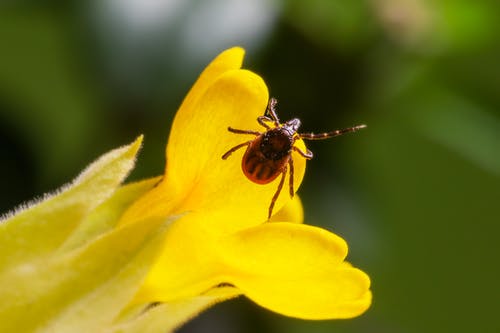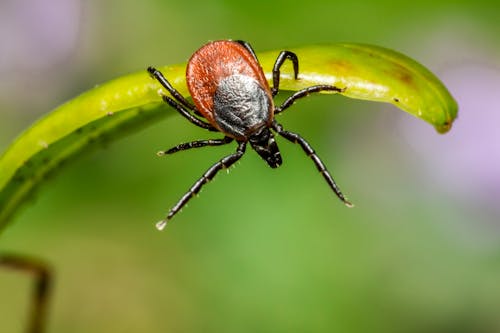
Dr. Doireann O’Leary shares her top tips for avoiding tick bites this summer
Between the good weather and the bank holiday weekend, lot’s of us are gong to be out and abut and active this weekend. Restrictions are lifted meaning we’re free to go exploring all around our gorgeous country and find lots of new places to hike and walk this weekend.
But one thing to watch out for when we’re off having fun are ticks.
Tick bites are not always painful. You may not even notice you have a tick bite unless you see it on your skin. Which is why it’s so important to regularly check your skin and your children's or pets' skin after being outdoors and especially in places with long grasses.

If you do get bitten, it’s not always a cause for concern. According to the NHS, only a small number of ticks are infected with the bacteria that can cause Lyme disease. A tick bite can only cause Lyme disease in humans if the tick has already bitten an infected animal. But it's still important to be aware of ticks and how to safely remove them as soon as possible, just in case. Ticks that may cause Lyme disease are found all over the UK, but high-risk areas include grassy and wooded areas in southern England and the Scottish Highlands.
The following are NHS guidelines on how to remove a tick safely:
1. Use fine-tipped tweezers or a tick-removal tool. You can buy these from some pharmacies, vets and pet shops.
2. Grasp the tick as close to the skin as possible.
3. Slowly pull upwards, taking care not to squeeze or crush the tick. Dispose of it when you have removed it.
4. Clean the bite with antiseptic or soap and water.

Remember that the risk of getting ill is low. You do not need to do anything else unless you:
a) become unwell.
b) you have been bitten by a tick or visited an area in the past month where infected ticks are found
c) get flu-like symptoms – such as feeling hot and shivery, headaches, aching muscles or feeling sick
d) get a circular red rash
Inform your GP and tell them if you have been in forests or grassy areas.
Dr. Doireann O’Leary GP shared an Instagram post recently about how to look out for and protect ourselves from tick bites after her dog, Coco, received one last weekend.
‘Tick bites are more common at this time of year.’ She shared in her caption. ‘Deer/ixodes tick bites sometimes lead to transmission of a bug called Borelia burgdorferi which may lead to Lyme Disease. However, transmission is actually uncommon with the tick having to attach to the skin for about 36 hours before transmission occurs.
‘Outdoor activities in areas with a lot of ticks with the B. burgdorferi bug put us at increased risk of bites eg. camping, hiking, gardening, walking in wooded areas, areas with deer.’
She gives the same advice as the NHS, advising that if you see a tick has bitten you, use a tweezers to remove it from the base, as close to the skin as possible. But she also adds that if you’ve been bitten by an Ixodes/deer tick, a course of antibiotic Doxycycline may be needed..
‘After a tick bite it’s a good idea to keep an eye out for the characteristic “Erythema Migrans”/bullseye type rash which is a sign of early Lyme Disease. If untreated, later stages can affect the eyes, heart, liver, and musculoskeletal system.’

She shares her top protective measures against tick bites:
Do a tick check and taking a bath after an outdoor activity like hiking in a wooded area
Walk in the middle of paths rather than by the edge with long grass,
Wear an insect repellent like DEET, spraying clothing with permethrin
Place clothing in a dryer at high heat once you’re home
Wear long legged and long-sleeved clothing.
All such good ideas and really important to bear in mind this summer when we’re off exploring!





